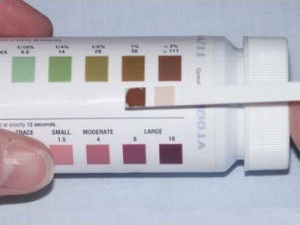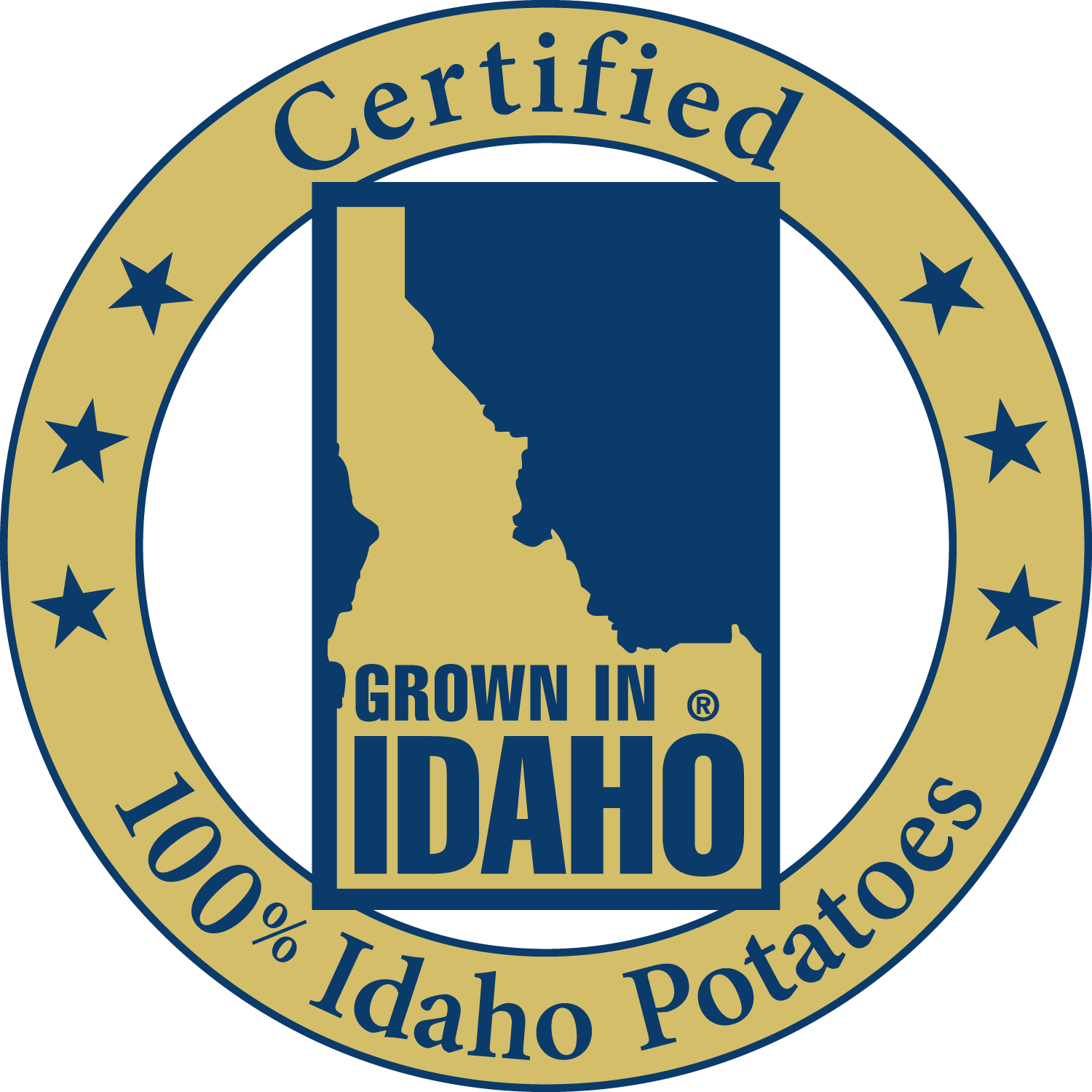Popular Tags
Ask Dr. Potato
With 939 posts, chances are there's already an answer to your question. Please try searching below before submitting a question to Dr. Potato. Use multiple words to help narrow down the results. For example, search for "potatoes" and "group" if looking for an answer on cooking potatoes for large groups.
Testing Sugar Levels In Your Potatoes
I am looking for some information and advice on our red B size 1 grade raw potatoes we boil. We parboil the potatoes in pots of water for approximately 25-30 minutes depending on size. We test using a fork to see how the potato falls off the fork. We then place on cookie sheets (use cold water to spray over when placed on sheets) and put in our walk in cooler (38 degrees) overnight to slice and spin in a machine the next morning.
We have noticed after we slice the potatoes the next morning that the cooked potatoes have a brown colored edge-ring around the skin and potato meat. The potatoes are then cooked on a flat top grill and we produce home fries. We obtain potatoes from all sorts of geographic regions according to the labels on the bags. Our vendor tells us they have to purchase potatoes from wholesale vendors and it is not possible to find a one stop supplier.
We have been told the sugar levels in potatoes varies, the potatoes are held in storage for months which creates the brown color rings and the potatoes are all sourced from different geographic locations and these different growing regions and processes leads to the brown colored rings. We always prepare our potatoes the same way and have noticed the winter months seem to be when the brown colored rings appear on the potatoes.
I have not tried this procedure so am guessing on the answer too.
My first thought is that if the potato is turning dark brown right under the skin it may be over cooked. This happens quite a bit with russets, not that familiar with the various red varieties. If the whole potato is browning fast that is due to carmelization that can occur if a particular lot was stored below 40 degrees F.
Potatoes stored too cold is the choice you mentioned. You can use diabetic strips to test out this theory. If too much sugar the colors on the strip will turn dark.
On storage…
Because higher temperatures can also cause moisture loss and rapid deterioration, it is important to monitor the process. Diabetic tape, purchased at a local drugstore, can also be used to determine the sugar level in potatoes. Simply run a piece of tape across the cut surface of a raw potato…if the glucose (sugar) level registers a dark color on the tape, this will mean that the potato may taste sweet or darken when cooked.
Run the strip over the white part of a cut potato and remove it immediately. Count to exactly 15 seconds and then match the color on the ‘Ketones’ area of the container – the pink area – with the inner square of the test strip – the right hand side one as seen in the picture.

Exactly 15 seconds after that – therefore 30 seconds in total – match the color on the “Glucose” band on the container – the green brown area – to the end square on the strop – the left hand side one as seen in the picture.
The Keto Diastix strips are really so time sensitive that you may want to use a watch or clock with a second hand on it. Respecting the 15-second and 30-second limits is very important for the accuracy of the test.
Q&A: Re-conditioning Idaho® Potatoes
From the Dr. Potato section on fresh fries:
Know how the potato has been stored. While you may not have any control over this, it will affect the outcome. A potato that has been stored too cold converts some of the starch to sugar and when that fries up, the potato strips will brown quickly, sometimes even before fully cooked inside. Below 40 degrees F this transition starts. A state or country that has little or no processing (typically the manufacturers insist on proper storage temps to have a potato that will fry up golden brown or lighter and not dark) will store the potatoes too cold. It helps the potato slow down getting soft or sprouting. There are some tips on Dr. Potato on testing for sugar, reconditioning to reverse some of the sugar accumulation. But ask the supplier, check the potatoes using diabetic test strips, rotate inventory for first in, first out, ideally store at the unit for 48-55° F.
At the beginning of a season (August to October) there may be some excess starch and sugar in the spuds, cut and rinse in a container or sink in water till the water runs clear. In January and February there may be times the potatoes are hard to work with for excess sugar, this is due to the extreme cold temps when taking potatoes out of storage, or transporting them.
Hope this helps.
Share This

Dr. Potato isn't a real doctor but a team of potato experts ready to answer all your potato questions.
Click here to submit »
Dr. Potato Categories
The Idaho Potato Commission
Established in 1937, the Idaho Potato Commission (IPC) is a state agency that is responsible for promoting and protecting the famous "Grown in Idaho®" seal, a federally registered trademark that assures consumers they are purchasing genuine, top-quality Idaho® potatoes. Idaho's ideal growing conditions, including rich, volcanic soil, climate and irrigation differentiate Idaho® potatoes from potatoes grown in other states.
Contact
661 South Rivershore Lane
Suite 230
EAGLE, ID 83616
Phone: 208-334-2350
Fax: 208-334-2274
More

